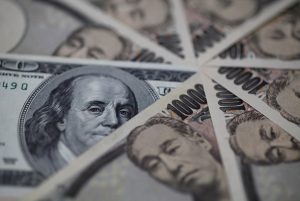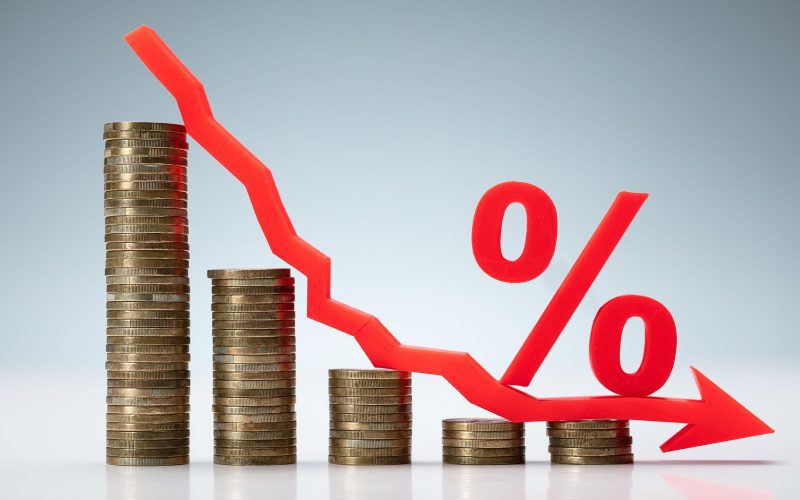The United States’ increasing reliance on borrowing has raised alarms among financial analysts who warn of potential market strains. As the nation continues to fund its fiscal policies through substantial debt accumulation, concerns about the sustainability and repercussions of this strategy are growing. This article delves into the factors driving the borrowing binge, the potential market impacts, and the warnings from experts.
The Drivers of the Borrowing Binge

Government Spending and Fiscal Stimulus
In recent years, the US government has significantly ramped up spending, particularly in response to crises such as the COVID-19 pandemic. Massive fiscal stimulus packages were implemented to mitigate the economic fallout, including direct payments to individuals, enhanced unemployment benefits, and support for businesses. While these measures were necessary to stabilize the economy, they also led to a surge in government borrowing.
Low Interest Rates Environment
The prevailing low-interest-rate environment has made borrowing more attractive for the US government. With the Federal Reserve maintaining historically low rates to encourage economic growth, the cost of debt servicing has remained manageable. This has emboldened policymakers to pursue expansive fiscal policies without immediate concerns about interest payments.
Infrastructure and Investment Plans
The Biden administration has proposed ambitious infrastructure and investment plans, aiming to modernize the nation’s infrastructure, address climate change, and enhance social programs. These initiatives, while potentially beneficial for long-term economic growth, require substantial funding, further increasing the need for borrowing.
Potential Market Strains
Rising Debt Levels
The most immediate concern is the ballooning national debt. As of mid-2023, the US national debt surpassed $31 trillion, and it continues to grow. High debt levels can lead to increased borrowing costs as investors demand higher yields to compensate for the perceived risk of lending to a heavily indebted nation.
Inflationary Pressures
Another potential strain is inflation. Increased government spending, particularly when financed through borrowing, can lead to higher demand in the economy. If this demand outstrips supply, it can drive up prices, leading to inflation. The Federal Reserve might then be forced to raise interest rates to combat inflation, which could slow economic growth and increase the cost of debt servicing.
Impact on Bond Markets
The borrowing binge also poses risks to the bond markets. As the government issues more debt, the supply of US Treasury securities increases. If demand for these securities does not keep pace, their prices could fall, leading to higher yields. This would not only raise borrowing costs for the government but also impact other sectors that rely on bond markets, such as mortgages and corporate debt.
Analysts’ Warnings
Sustainability Concerns
Analysts warn that the current trajectory of borrowing is unsustainable in the long run. They argue that while short-term borrowing can be justified in times of crisis, persistent high levels of debt could constrain future fiscal policy options. This is because a significant portion of government revenue would be allocated to debt servicing rather than essential public services or investments.
Risk of Financial Instability
There is also a concern about financial instability. Large-scale borrowing can lead to market volatility, particularly if investors begin to doubt the government’s ability to manage its debt effectively. Such doubts could lead to sudden spikes in interest rates or capital outflows, destabilizing financial markets.
Crowding Out Effect
Another warning from analysts is the crowding-out effect. High levels of government borrowing can absorb a significant portion of available capital, leaving less for private investment. This could stifle innovation and productivity growth in the private sector, ultimately hampering overall economic growth.
Comparative Analysis
Historical Context
Comparing the current borrowing binge to historical instances provides insight into potential outcomes. For example, during World War II, the US also engaged in extensive borrowing to finance the war effort. However, the post-war economic boom, characterized by rapid growth and technological advancement, helped manage and reduce the debt burden. In contrast, the current economic landscape presents different challenges, including slower growth rates and demographic shifts.
International Comparisons
Looking at other developed nations, some countries have managed high debt levels more effectively than others. Japan, for instance, has a debt-to-GDP ratio exceeding 250%, yet it has maintained relative financial stability due to strong domestic savings and low interest rates. Conversely, countries like Greece have experienced severe economic crises due to high debt levels combined with weak economic fundamentals and external shocks.
Analysis Table: Potential Market Strains
| Potential Market Strain | Description |
|---|---|
| Rising Debt Levels | Increased borrowing costs due to higher risk premiums demanded by investors. |
| Inflationary Pressures | Higher demand driven by government spending could lead to inflation, prompting the Federal Reserve to raise interest rates. |
| Impact on Bond Markets | Increased supply of Treasury securities could lead to falling prices and higher yields, affecting borrowing costs for both the government and private sectors. |
| Sustainability Concerns | Persistent high debt levels could limit future fiscal policy options and allocate a significant portion of revenue to debt servicing. |
| Risk of Financial Instability | Large-scale borrowing could lead to market volatility and investor doubts about the government’s debt management capabilities, causing sudden spikes in interest rates. |
| Crowding Out Effect | High levels of government borrowing could absorb capital that would otherwise be available for private investment, potentially stifling innovation and economic growth. |
Comparative Table: Borrowing Trends and Outcomes
| Country/Period | Debt-to-GDP Ratio | Key Factors | Outcomes |
|---|---|---|---|
| USA (World War II) | 120% | Extensive borrowing for war effort, post-war economic boom | Rapid post-war growth helped manage and reduce debt burden |
| Japan (Current) | 250% | Strong domestic savings, low interest rates | Maintained relative financial stability despite high debt levels |
| Greece (Eurozone Crisis) | 180% | High debt levels, weak economic fundamentals, external shocks | Severe economic crisis, required international bailouts and austerity measures |
| USA (Current) | 125% | Fiscal stimulus, low interest rates, ambitious infrastructure and investment plans | Concerns about sustainability, inflationary pressures, potential market strains |
Conclusion
The US borrowing binge, driven by necessary fiscal stimulus and ambitious investment plans, carries significant risks that could strain financial markets. Analysts warn of rising debt levels, inflationary pressures, and potential instability in bond markets. Historical and international comparisons provide valuable insights into potential outcomes and highlight the importance of managing debt effectively. As the US navigates these challenges, careful fiscal policy and prudent debt management will be crucial to ensuring long-term economic stability and growth.












